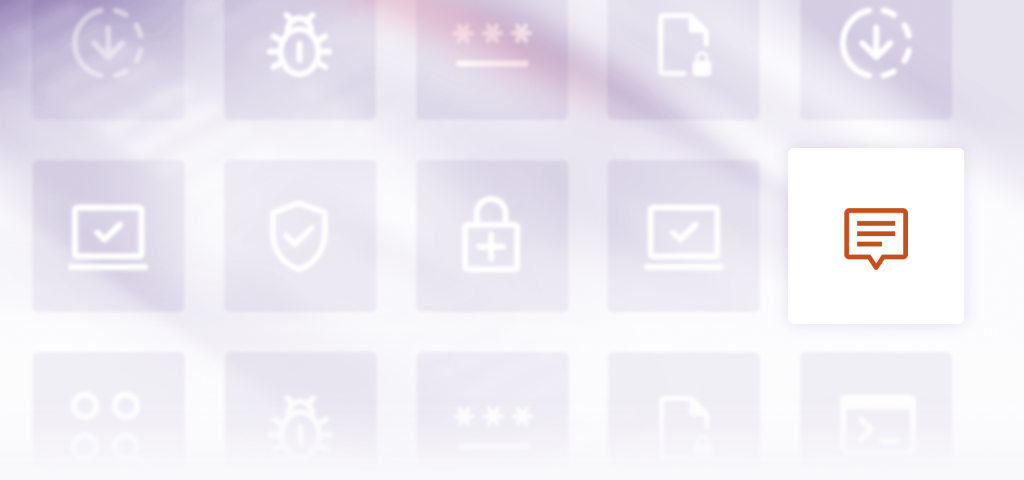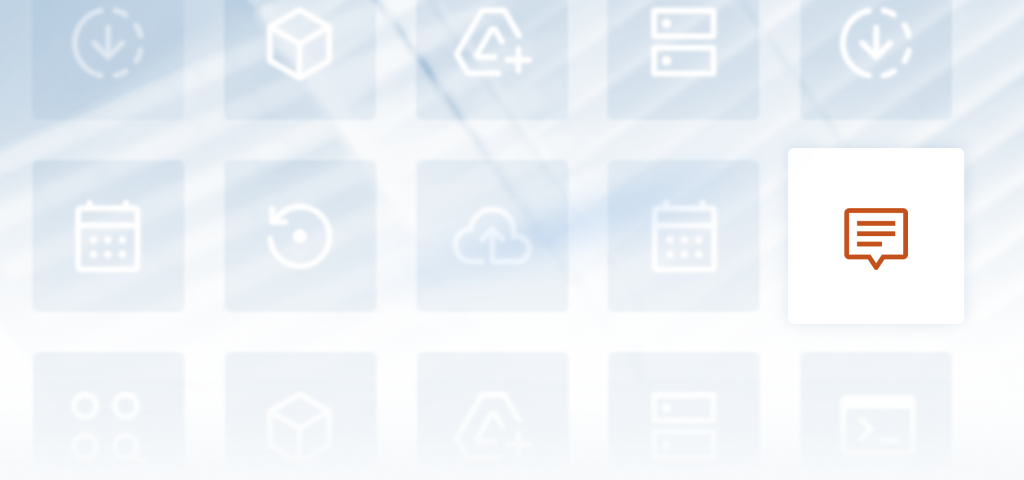CIS benchmarks for securing WordPress
Keeping a WordPress site secure is a constant challenge. With hackers targeting vulnerabilities every day, many site owners rely only on plugins or ad-hoc fixes. While those tools are useful, they often don’t go far enough. To truly harden your site and meet compliance standards, you need to apply structured, industry-recognized guidance. That’s where CIS benchmarks for securing WordPress come in.
CIS (Center for Internet Security) benchmarks provide best-practice configuration guidelines that help you reduce risk, protect sensitive data, and maintain compliance. In this guide, we’ll explore what the benchmarks are, how they apply to WordPress, and practical steps you can take to implement them.
Key takeaways
Section titled Key takeaways- CIS benchmarks are trusted, consensus-based security guidelines used worldwide
- Applying them to WordPress strengthens your site against known vulnerabilities
- You can use CIS benchmarks alongside security plugins for layered protection
- Step-by-step hardening recommendations help IT teams and site owners meet compliance standards
- We’ll cover practical examples, missing gaps from other guides, and expert insights
What are CIS benchmarks
Section titled What are CIS benchmarksCIS benchmarks are configuration guides developed by the Center for Internet Security. They cover systems, applications, and cloud services – from Windows servers to WordPress hosting environments.
Each benchmark is created through a consensus process involving security professionals, system administrators, and industry experts. The goal is to define secure settings that balance usability and protection.
For WordPress, CIS benchmarks typically focus on:
- Secure server configurations (Linux, Apache, Nginx, PHP, MySQL)
- Database access and permissions
- File system restrictions
- Authentication and access control
- Logging and monitoring practices
By following these, organizations can ensure their WordPress installations align with proven security standards.
Why WordPress sites need CIS benchmarks
Section titled Why WordPress sites need CIS benchmarksWordPress powers over 40% of the web, making it an attractive target for attackers. While plugins like All-In-One Security (AIOS) help reduce risks, they can’t cover every server-level or compliance requirement.
CIS benchmarks fill this gap by:
- Providing a structured checklist for hardening WordPress and its environment
- Helping you achieve compliance with frameworks like ISO 27001, HIPAA, and GDPR
- Standardizing security practices across teams or hosting environments
- Offering guidance that goes beyond common plugin recommendations
If you run a hosting company, manage client sites, or handle sensitive data, CIS benchmarks are especially valuable.
How to apply CIS benchmarks for WordPress
Section titled How to apply CIS benchmarks for WordPressCIS doesn’t publish a dedicated “WordPress benchmark,” but you can adapt server, application, and CMS benchmarks to secure your site. Below are practical steps grouped by key areas.
1. Server and hosting configuration
Section titled 1. Server and hosting configuration- Use the latest Linux distribution with regular security patches
- Configure firewall rules to limit open ports
- Disable unnecessary services like FTP, Telnet, or unused PHP modules
- Enforce secure file permissions (e.g., 644 for files, 755 for directories)
- Require SSL/TLS certificates for all connections
Example CIS mapping: CIS Linux Benchmark recommends disabling root login over SSH, which directly reduces the chance of brute-force attacks on your server.
2. Database security
Section titled 2. Database security- Create a dedicated database user with only the permissions needed by WordPress
- Change the default WordPress database prefix from wp_ to something unique
- Regularly back up databases and test restorations
- Use strong, randomly generated passwords
Example CIS mapping: CIS MySQL Benchmark suggests disabling anonymous accounts and restricting host access, both crucial for WordPress database security.
3. Authentication and user access
Section titled 3. Authentication and user access- Enforce strong passwords for all users
- Apply two-factor authentication (2FA)
- Limit administrator accounts to essential users only
- Review user roles regularly to ensure least privilege
Example CIS mapping: CIS benchmarks recommend lockout policies after failed login attempts.
Strengthen authentication with AIOS
AIOS makes it easy to enforce 2FA, password policies, and login lockdowns directly inside WordPress, giving you enterprise-grade protection without the complexity.
4. WordPress configuration hardening
Section titled 4. WordPress configuration hardeningTaking a few extra steps to harden your WordPress configuration can make a big difference to your site’s overall security.
Disable file editing in the dashboard
Add the following line to your wp-config.php file to prevent users from editing theme and plugin files directly from the WordPress admin area:
define('DISALLOW_FILE_EDIT', true);Restrict access to wp-config.php and .htaccess files
These files contain critical information about your WordPress setup. Add this rule to your .htaccess file to deny public access to wp-config.php:
<Files "wp-config.php">
Require all denied
</Files>Additionally, set the file permissions for wp-config.php to 400 or 440 for extra protection.
Protect your includes folder
Since your WordPress includes are not intended to be publicly accessible, you can block access to them by adding a mod_rewrite rule in your .htaccess file:
# Block the include-only files.
<IfModule mod_rewrite.c>
RewriteEngine On
RewriteBase /
RewriteRule ^wp-admin/includes/ - [F,L]
RewriteRule !^wp-includes/ - [S=3]
RewriteRule ^wp-includes/[^/]+\.php$ - [F,L]
RewriteRule ^wp-includes/js/tinymce/langs/.+\.php - [F,L]
RewriteRule ^wp-includes/theme-compat/ - [F,L]
</IfModule>
# BEGIN WordPressKeep WordPress, themes, and plugins updated automatically
Enabling automatic updates helps ensure that your site always benefits from the latest security patches and fixes.
Use a web application firewall (WAF)
Either through your hosting provider or a security plugin, a WAF provides an extra layer of protection against common attacks.
5. Logging and monitoring
Section titled 5. Logging and monitoring- Enable audit logs for logins, file changes, and plugin activity
- Use AIOS activity logs for user monitoring
- Store logs securely and review them regularly for unusual behavior
Example CIS mapping: CIS recommends centralized log management. You can export AIOS logs into your SIEM for compliance.
Practical checklist: CIS-inspired WordPress hardening
Section titled Practical checklist: CIS-inspired WordPress hardeningRole-based checklist
Section titled Role-based checklistFor WordPress site owners
Section titled For WordPress site owners- Enable 2FA and strong password enforcement
- Disable file editing in the dashboard
- Regularly review user accounts and roles
- Keep backups up to date
Protect your site with smarter backups
With UpdraftPlus Premium, you can schedule automatic backups before updates, run incremental backups for efficiency, and restore quickly if anything goes wrong – ensuring your WordPress site stays protected and recoverable at all times.
For developers
Section titled For developers- Use staging environments to test updates before production
- Apply least-privilege principles for database connections
- Restrict access to sensitive files in version control
- Document changes for security audits
For hosting providers
Section titled For hosting providers- Build server images aligned with CIS Linux/Apache/MySQL benchmarks
- Apply root login restrictions and firewall rules at scale
- Centralize and monitor logs from all WordPress sites
- Offer CIS compliance as a value-add to clients
Practical example
Section titled Practical exampleImagine a WooCommerce store handling customer payment data. The site owner already uses AIOS for application-level protection, but they want to align with CIS benchmarks for compliance.
- Server level: The hosting provider disables root SSH login and applies firewalls (CIS Linux benchmarks)
- Database level: The developer removes anonymous accounts and sets a unique DB prefix (CIS MySQL benchmarks)
- WordPress level: The owner enforces 2FA, disables file editing, and monitors AIOS activity logs (CIS app hardening)
Together, these steps bring the site closer to compliance while reducing both everyday and advanced threats.
Too often, WordPress security is reactive – adding plugins after an incident. CIS benchmarks help change this mindset. They give you a proactive, standards-based framework that ensures your site isn’t just secure today, but resilient long term.
Strengthen WordPress security with AIOS
CIS benchmarks give you a secure baseline, but you still need active protection inside WordPress. AIOS adds features like 2FA, brute-force protection, and activity logs to keep your site safe every day.
Conclusion
Section titled ConclusionCIS benchmarks give site owners, developers, and IT teams a proven framework for hardening their environments. By aligning your site with these standards, you reduce vulnerabilities, meet compliance requirements, and build long-term resilience against attacks.
But benchmarks alone aren’t enough. True protection comes from pairing configuration hardening with active, ongoing defenses. That’s where tools like AIOS and UpdraftPlus step in – adding features such as 2FA, brute-force protection, automatic backups, and one-click restores.
Whether you’re a site owner, developer, or hosting provider, adopting CIS benchmarks is a proactive step toward keeping WordPress secure.
FAQs
Section titled FAQsDo I need CIS benchmarks if I use WordPress security plugins?
Yes. Security plugins like AIOS protect your WordPress site at the application level, while CIS benchmarks cover server and configuration best practices.Together, they create layered security.
Are CIS benchmarks free?
Yes. CIS provides free benchmarks for personal use. Memberships are available if you want advanced tools or automation.
Do CIS benchmarks slow down WordPress?
No. CSI Benchmarks focus on secure configurations, not performance. In fact, hardening often improves efficiency by disabling unnecessary services.
Can hosting companies apply these benchmarks at scale?
Hosting providers often integrate CIS benchmarks into their server builds and monitoring systems to maintain a consistent security baseline.
If my host already applies CIS benchmarks, do I still need to do anything?
Yes. Hosts typically secure the server environment, but you’re responsible for securing the WordPress application itself – user roles, plugins, updates, and logging.
Can benchmarks conflict with WordPress plugins?
Sometimes. For example, restricting file permissions too tightly may stop updates. The key is testing changes in staging before rolling them out.
Is this only for enterprise sites?
No. Even small blogs benefit from CIS-aligned practices like strong passwords, locked-down file editing, and consistent logging.
How often should benchmarks be reviewed?
At least twice a year, or whenever WordPress releases a major update. Many organizations tie reviews to compliance audits.
About the author

Alexandru Bucsa
Alex is our All-In-One Security Product Manager. With more than six years of WordPress experience, he listens closely to what users need and works hard to make AIOS even better. Drawing on his background in forensic investigations, Alex loves diving into problems to understand their causes and find practical fixes that truly help our community.
Categories
AIOS
Comprehensive, feature-rich, security for WordPress. Malware scanning, firewall, an audit log and much more. Powerful, trusted and easy to use.
From just $70 for the year.
More stories
-

Best CAPTCHA plugins for WordPress
Learn why a WordPress captcha plugin is essential for protecting your site from unwanted spam and malicious activity.
-

How to make your WordPress site accessible
Learn how to make your WordPress site accessible with simple steps that improve usability, meet WCAG guidelines, and boost SEO.
-

Best WordPress themes for emergency services
Compare free and premium themes built for speed, clarity, and reliability when every second counts.
-

Best corporate WordPress themes for business sites
Need a corporate WordPress theme? Compare fast, trustworthy options that make business sites look professional.
